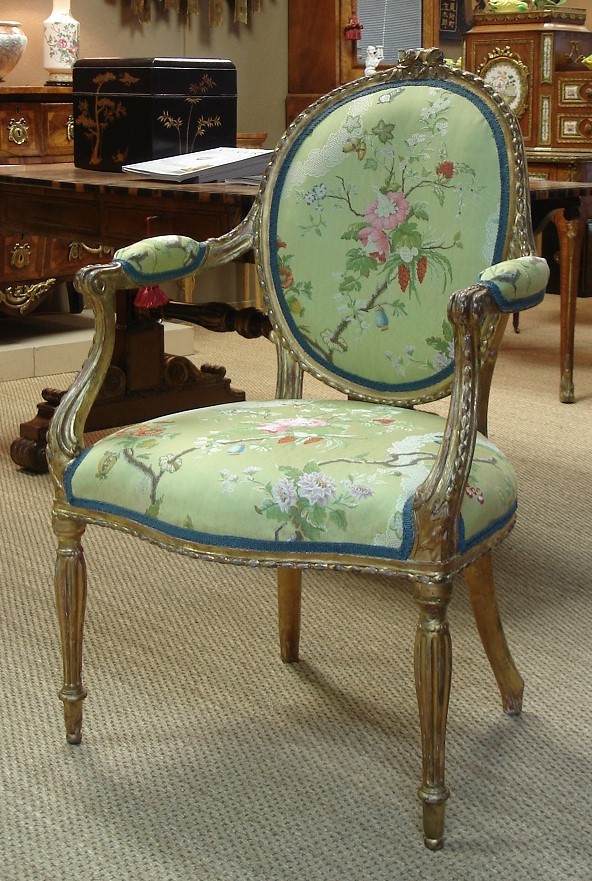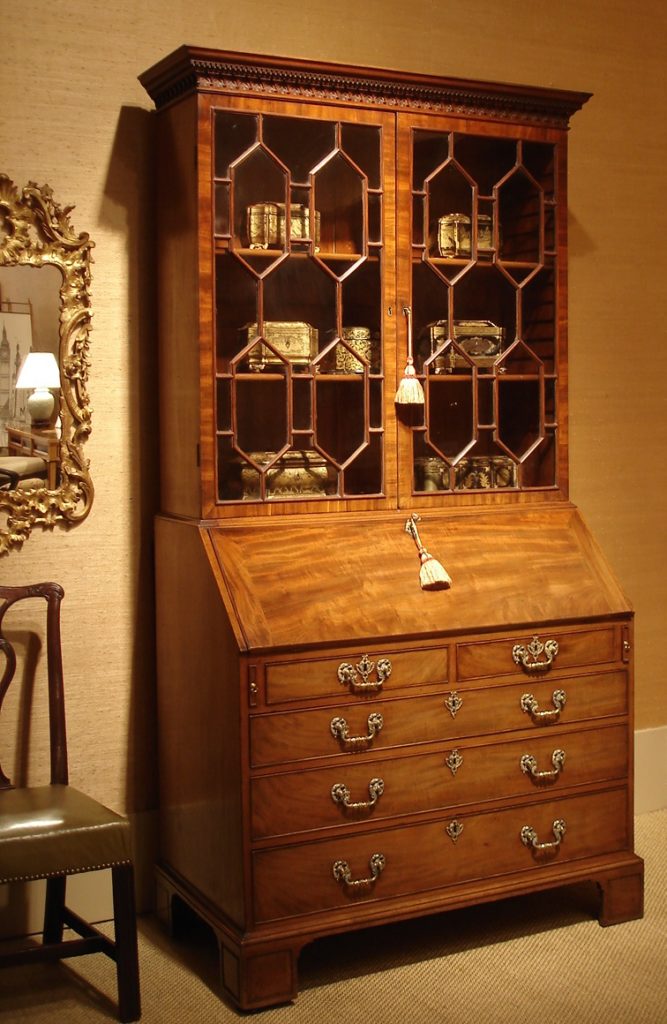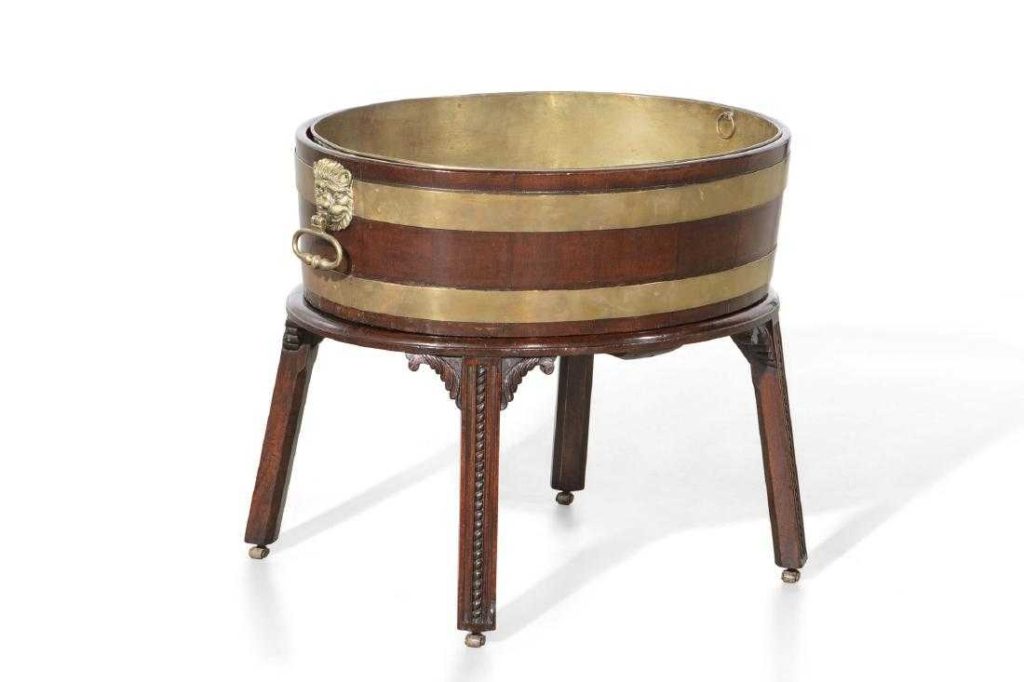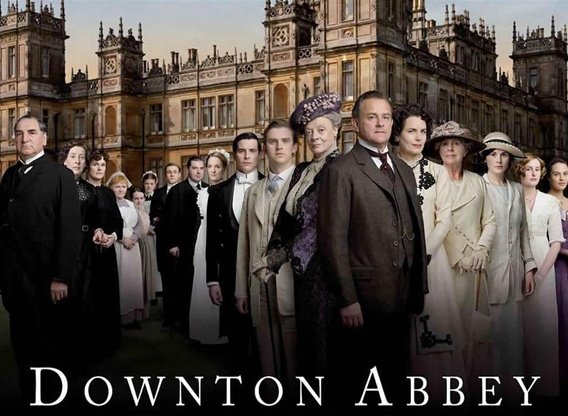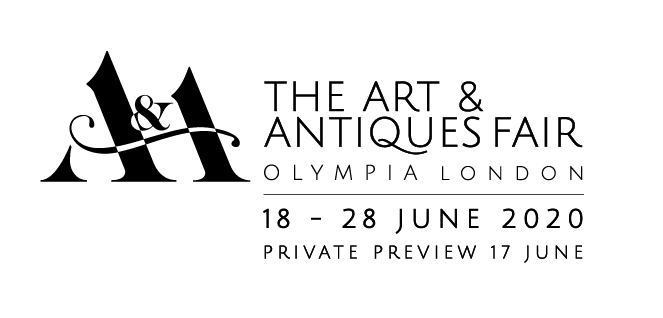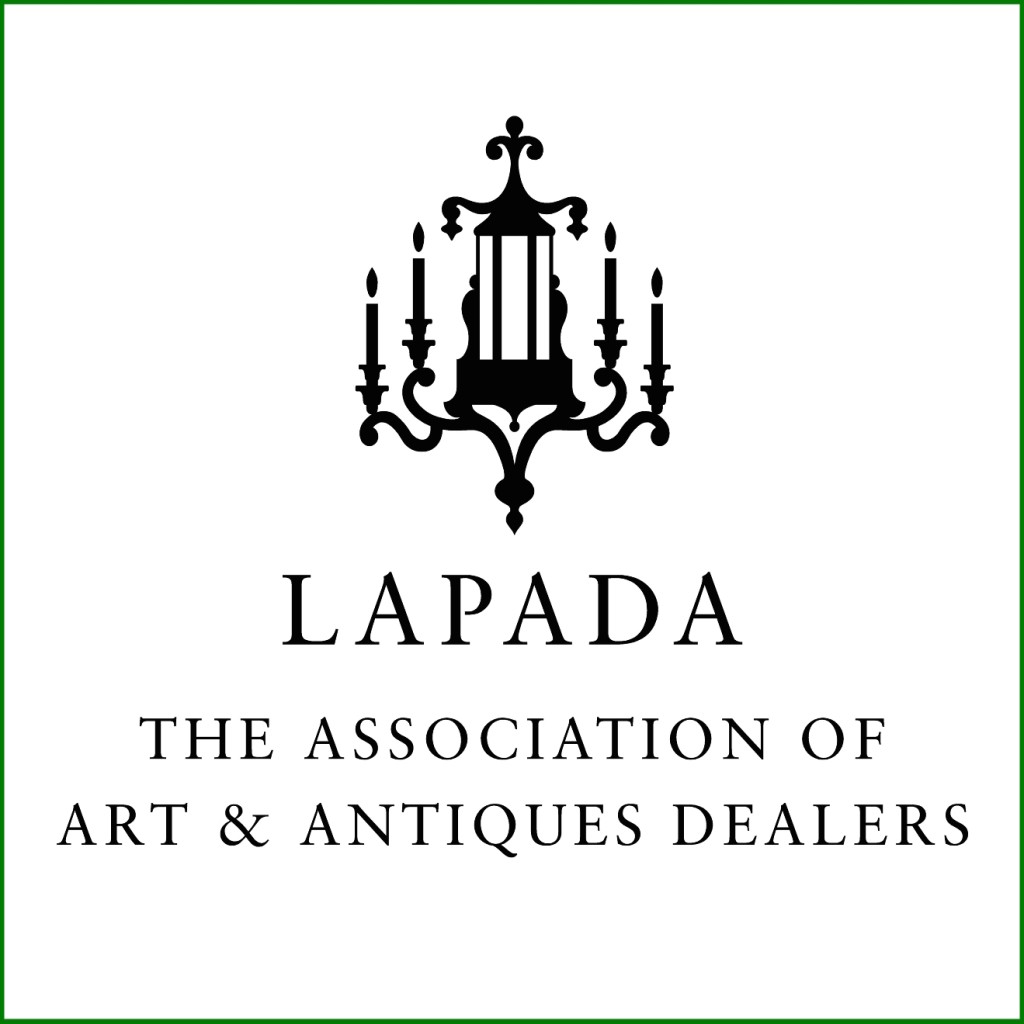
A headline in yesterday’s Guardian read:
‘Save jobs and sell the Hockney? The dilemma laying bare inequality in the arts.’
The paper’s cultural affairs writer Charlotte Higgins goes on to discuss the ability of the Royal Opera House to sell a David Hockney portrait of its onetime director David Webster in order to fund daily operations. Her general tenor is something like this- that the opera house has something of this value to sell when so many other failing albeit less vaunted institutions don’t renders the opera house as bad. And that, of course, the Hockney will sell for an uber price and disappear from view into the clutches of a super-rich collector, that’s even more bad.
Hmmm…
You know, for myself I like high culture of the type that the Royal Opera House represents. Am I an elitist, a social climber, someone trying to, in the words of another era, ape my betters? No- I like what I like, and can think of very few other times I’ve had as much enjoyment than by watching a performance at Covent Garden, even squashed into one of the wildly uncomfortable seats in the stalls, and queueing for a small, lukewarm drink in one of the appropriately named crush bars, or having my nostrils assaulted by the smell of damp woolen clothing too long awaiting dry cleaning whilst in line at the cloakroom.
Who would ever think the Royal Opera House would be on the ropes? Or the Metropolitan Museum in New York? And the list goes on inexorably and worldwide- and, let’s not forget, this is a juggernaut though hugely exacerbated by the COVID pandemic, was already well underway beforehand. The arts and culture generally, high and low, have had an increasingly tough slog for years. The internet and 1,000 channel TV and global fixation on handheld devices will continue to erode an interest in cultural institutions when the COVID pandemic is an unpleasant memory.
As my last blog entry argued for the sale of a Jackson Pollack painting to keep the doors open and the lights on at a small survey art museum, I would plump even more strongly for the Royal Opera House to sell a Hockney painting, an object that is hardly central to what it is the opera house does.
That not every regional opera house or performance venue has something of similar value to sell to keep the wolf from the door- well, what can I say? In a better world than this, all arts organizations would be well-funded and succeeding based on grassroots support of their various constituencies, with that support topped up by right-thinking, enlightened governments.
But that’s not going to happen any time soon, or certainly not soon enough to stave off the closure of the likes of the Royal Opera House. Charlotte Higgins in her Guardian article writes about how, once cultural artifacts are sold off and gone, they are gone for good. She’s right, of course, but even more’s the pity if, for want of a sale of a small, adjunct component in the form of a Hockney painting, the Royal Opera House itself were gone for good.


